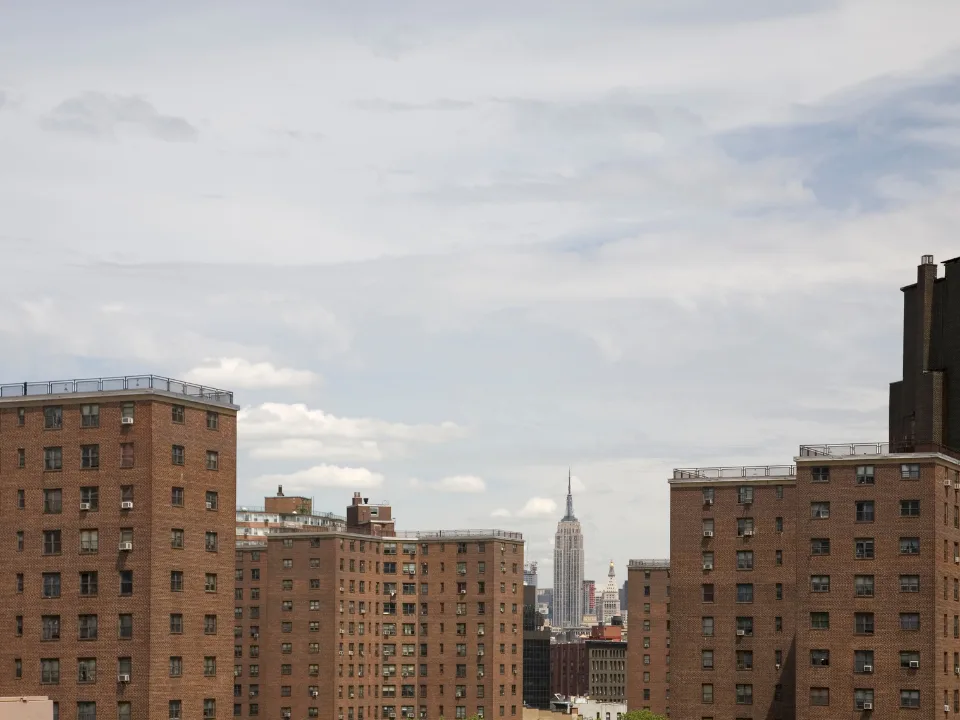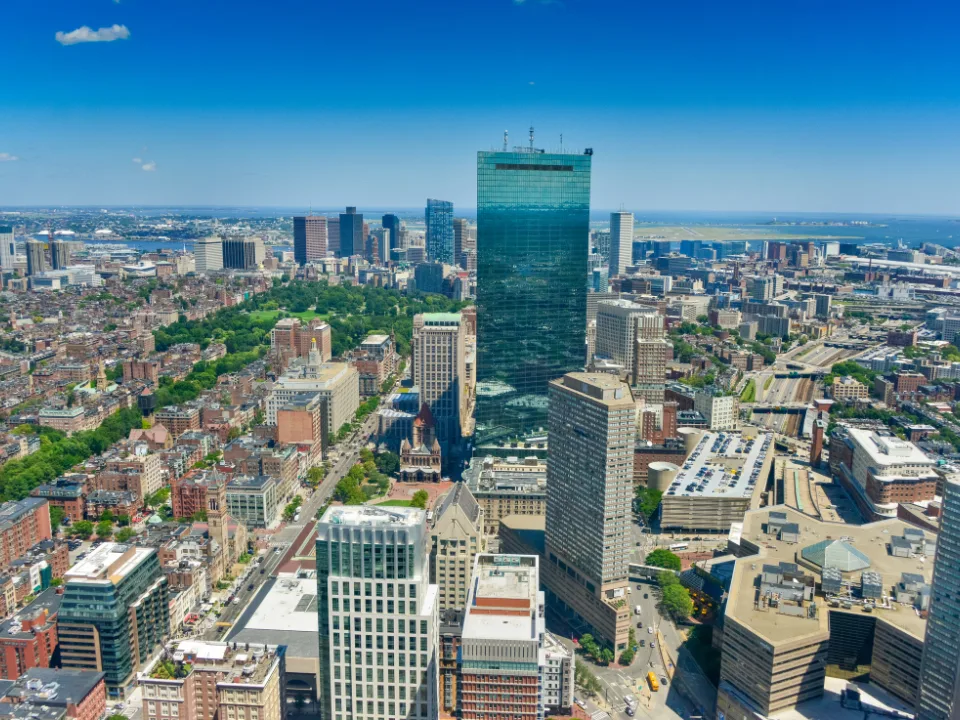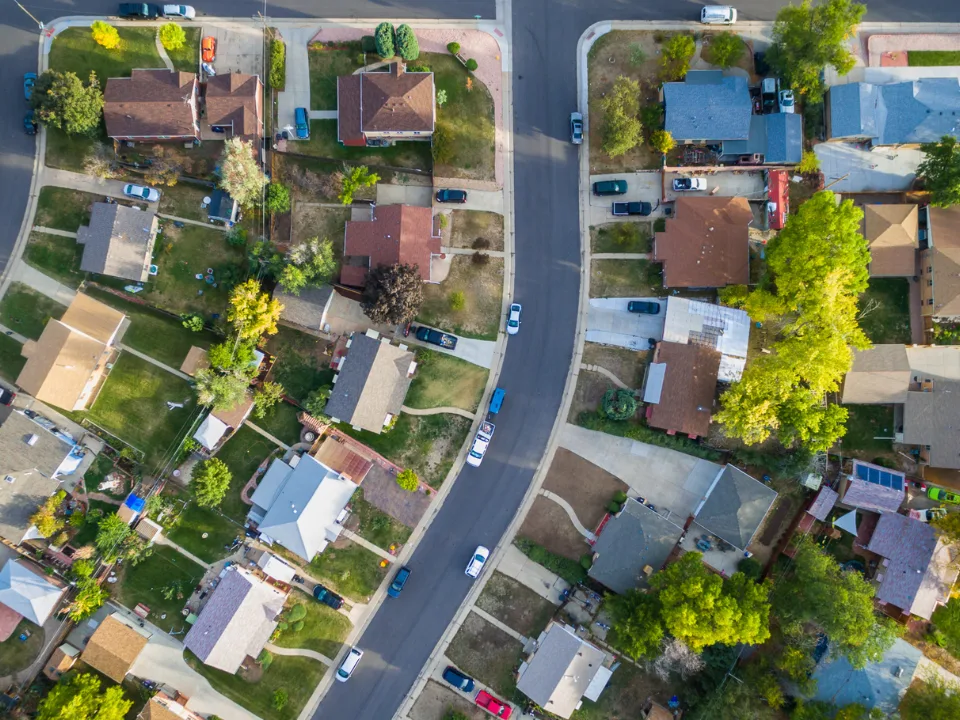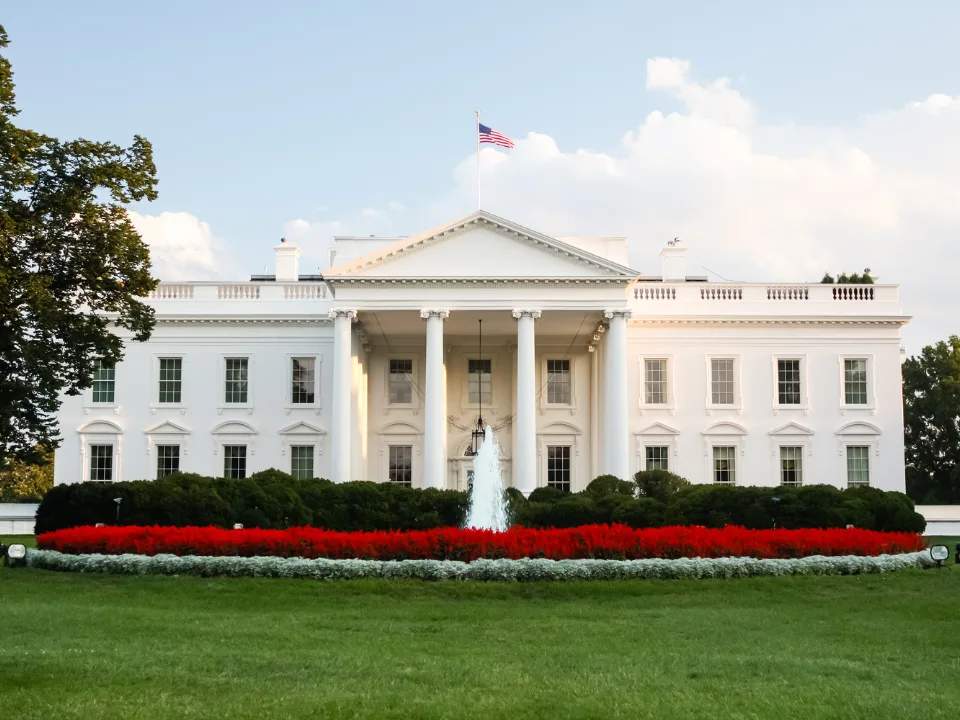- Mayor Eric Adams’ administration aims to build 6,000 new congregate supportive housing units, backed by a $46M investment outlined in the 2026 budget proposal.
- About 4,500 units will be newly constructed, while another 1,300 existing units will undergo preservation work.
- The initiative continues the 15/15 Supportive Housing Initiative launched under former Mayor Bill de Blasio but accelerates the completion goal from 2030 to 2028.
Mayor Eric Adams is expanding New York City’s commitment to supportive housing as part of his 2026 budget proposal, per The Real Deal.The plan, reported by City & State New York, earmarks $46M to fund the construction and preservation of 6,000 congregate apartments — affordable units that provide on-site health, mental health, and substance abuse services to residents.
A Deeper Commitment
Adams’ new plan accelerates the timeline established under former Mayor Bill de Blasio’s 15/15 Supportive Housing Initiative, which aimed to create 15,000 supportive units by 2030. Adams is pushing the deadline forward to 2028, seeking faster progress as New York City’s affordable housing crisis worsens.
The Details
The 6,000 units in Adams’ plan break down into two categories:
- 4,500 newly built units
- 1,300 preserved and renovated existing units
In addition to supportive housing, the budget proposal includes a broader slate of housing initiatives:
- $350M for repairs at New York City Housing Authority (NYCHA) properties
- $7.6M to support legal services for tenants facing landlord harassment
Adams’ full budget must still be approved by the City Council, with final negotiations set to conclude by the end of June.
Get Smarter about what matters in CRE
Stay ahead of trends in commercial real estate with CRE Daily – the free newsletter delivering everything you need to start your day in just 5-minutes
Challenges Ahead
Although the city is on track to meet its congregate supportive housing goals, it continues to fall behind on creating scattered site units — apartments in private buildings with off-site services. As of last year, fewer than 1,100 of the 7,500 planned scattered site units had been built.
Why It Matters
Supportive housing is critical for tackling homelessness and providing stability for vulnerable New Yorkers. With mental health and housing needs surging across the city, Adams’ push for more supportive housing could deliver long-term relief for some of the city’s most at-risk populations.
What’s Next
Further details on Adams’ supportive housing strategy and other housing initiatives are expected this week. The upcoming City Council budget negotiations will determine whether the mayor’s ambitious housing agenda becomes reality.














